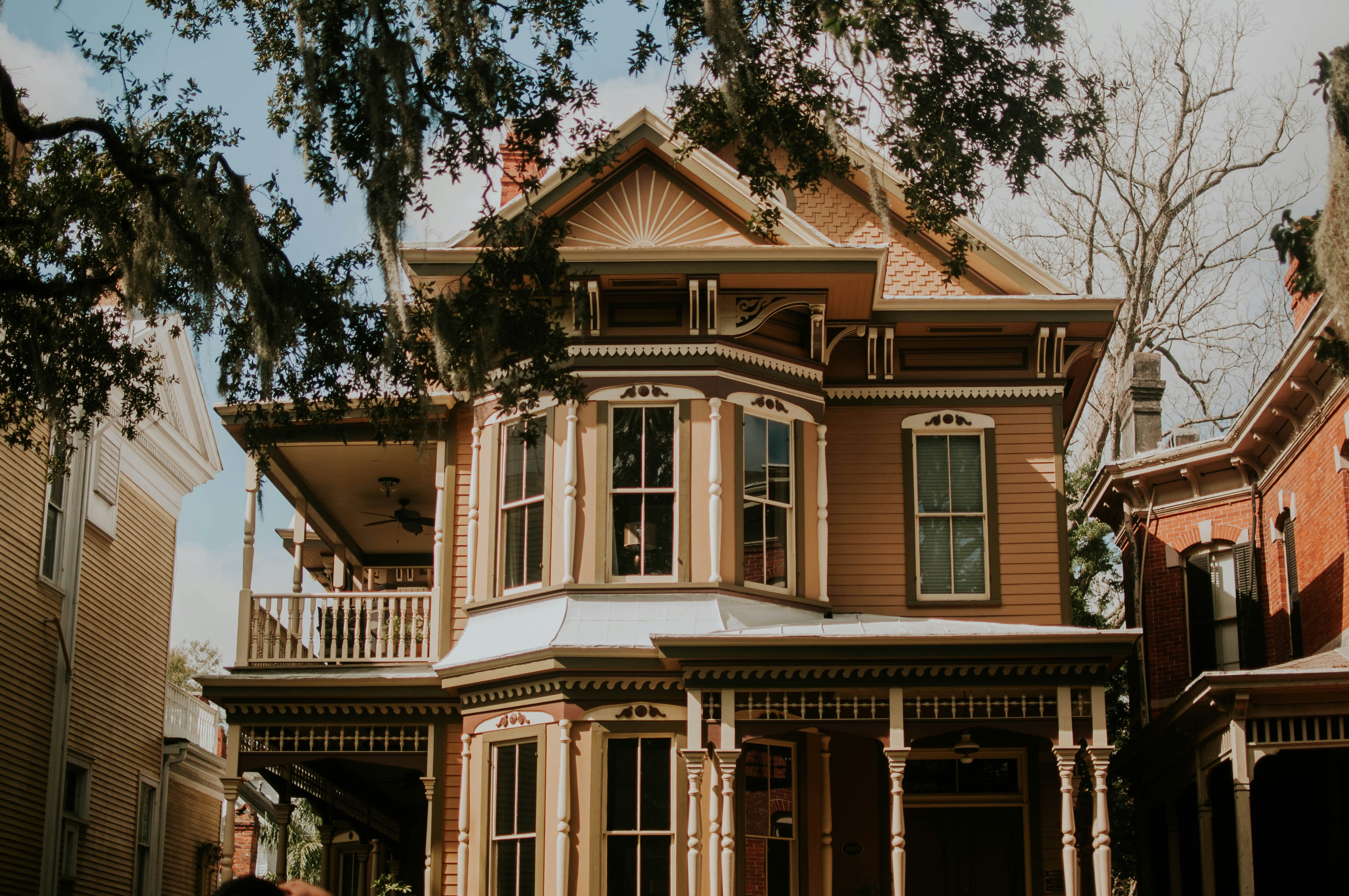The Emergence of "Hipsturbia" Trends in Real Estate: Understanding the Transition
As metropolitan areas become more congested and home prices skyrocket, a new real estate trend - "Hipsturbia" - is taking hold. This phenomenon, driven primarily by millennials and Gen Zs, combines the best of suburban living with the appeal of hip urban centers.

The Genesis of Hipsturbia
Hipsturbia refers to suburbs that offer a blend of urban conveniences – lively music scenes, local arts and crafts markets, independent coffee shops – with the benefits of suburban living, like more spacious real estate, green spaces, and friendly communities. The trend is a direct response to the increasing unaffordability and hectic lifestyle in bustling city centers.
Decline of Urbanism: The Feeding Ground for Hipsturbia
Modern young professionals and families are increasingly seeking alternatives to the conventional urbanism of overcrowded cities, depleted resources, and rife competition for jobs, getting a table at a decent café, or even finding a parking spot. They are finding refuge in suburbs that offer a compromise between the city’s dynamic energy and the countryside’s serenity.
The Advantages of Suburban Living with an Urban Twist
Making a home in Hipsturbia offers a wealth of advantages. Living is generally less costly than in big city downtowns, yet there’s no compromise on dining, shopping, or entertainment options. The focus on local businesses means unique choices and small-town charm without sacrificing convenience. Plus, these areas often offer better education chances, making them very appealing to families wanting the best for their children.
The Drawbacks of Hipsturbia
However, Hipsturbia comes with its own set of challenges. Overdevelopment could lead to a spike in real estate costs, threatening the affordability that many are seeking. Local infrastructure may struggle to cope as well. These issues highlight the importance of sustainable and thoughtful development, ensuring these areas preserve their allure and don’t turn into the very urban headaches their inhabitants fled from.
The Future of Hipsturbia
Although the future of Hipsturbia is uncertain, current trends point towards continued growth. As the remote work revolution continues, proximity to city centers lessens in importance. If managed right, Hipsturbia can offer a sustainable and enjoyable real estate alternative for the modern generation.
- This trend is reshaping real estate markets, arguably creating a more significant social transition than the urban renaissance of the late twentieth century.
- It is not just big cities that are seeing the outflow of young professionals; small-town America is also experiencing a swell of new residents.
- Homeownership in Hipsturbia often comes at a fraction of the cost of property in the city center—perfect for first-time homeowners.
- Hipsturbia is more than a real estate trend – it’s viewed by many as a lifestyle movement.
In conclusion, as the real estate industry continues to evolve, and people reconsider where and how they want to live, Hipsturbia is emerging as an exciting, trend-setting answer. Whether you’re a property investor or potential homeowner, understanding this trend’s dynamics could provide valuable insight and opportunity in the changing landscape of real estate.




